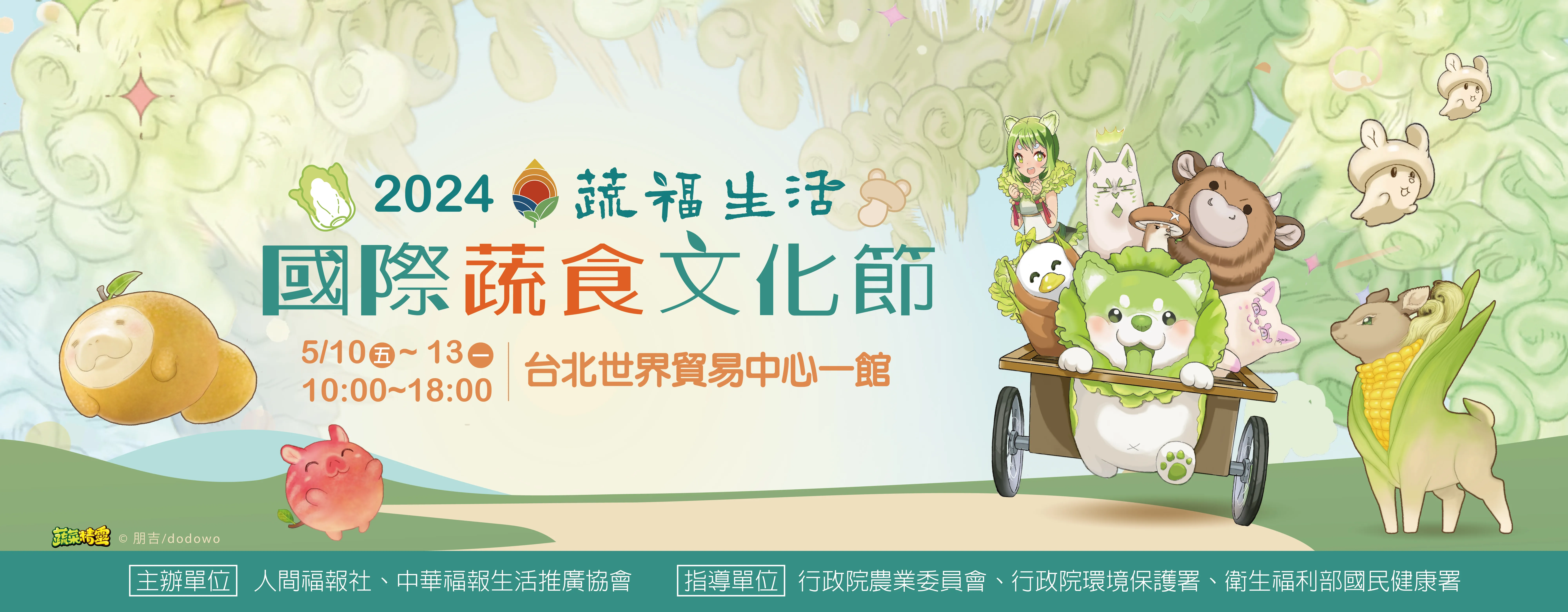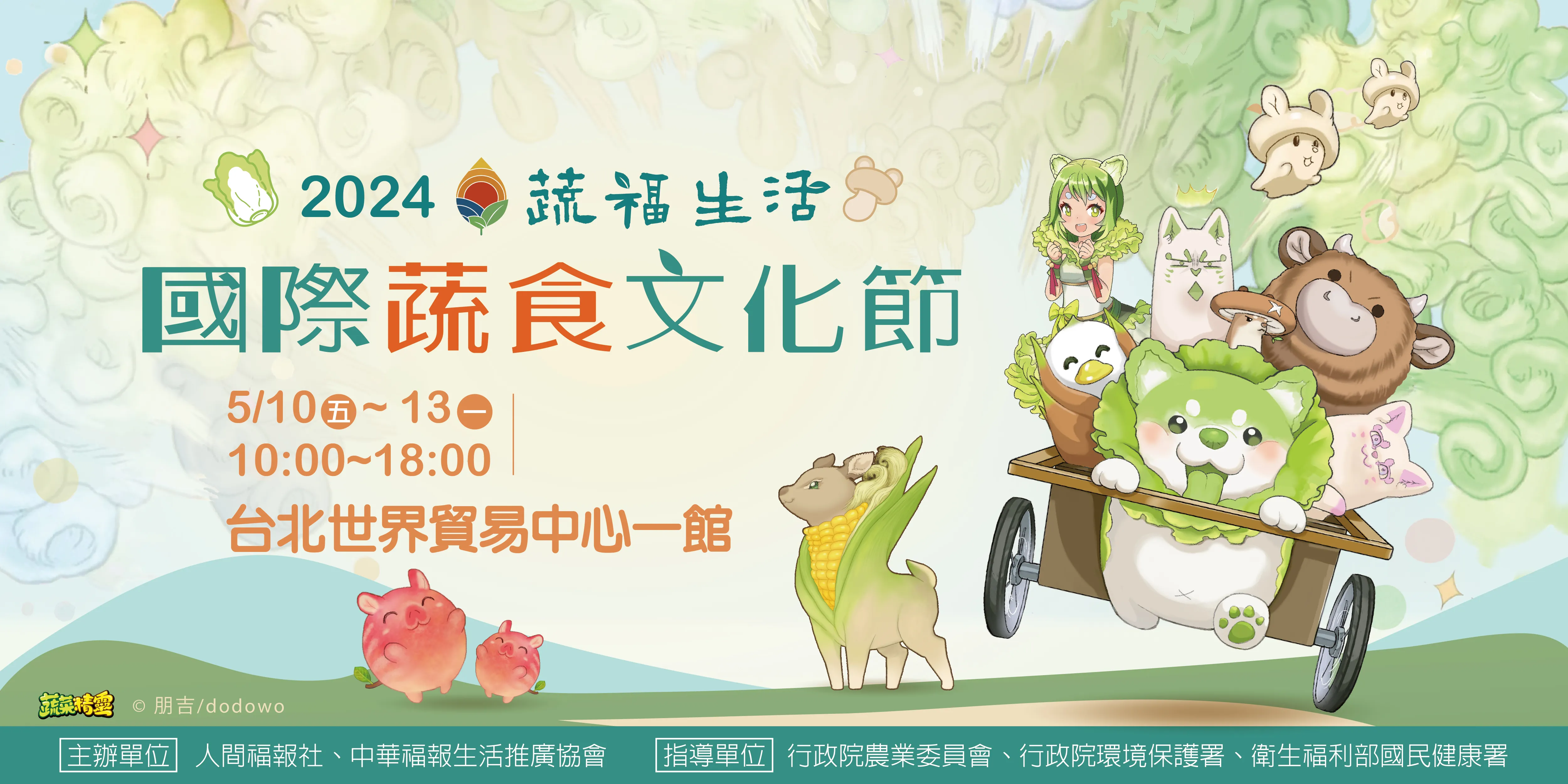


| 時代: | 明末清初時期 (西元1620-1700) |
| 出土地點: | 傳世品 |
| 尺寸: | 高度:約47 cm 寬度:約22 cm |
| 質地: | 樟木 |
| 數量: | 1 |
京工木雕造像開臉較莊嚴肅穆,既有漢傳造像的風韻,又包含漢藏結合的特徵。此件臉部圓潤、輪廓簡潔、耳垂長但未過下顎,眼神呈現思考狀,眼瞼微微低垂,目光悠遠,眉線高,雙眉中央有白毫,鼻子高聳,符合滿人臉部特徵,頭部比例稍大,符合明末清初時期法像特徵。
Jinggong wooden carvings of sculptures often feature solemn and dignified facial expressions, combining the elegance of Han Chinese sculptures with characteristics influenced by the Han-Tibetan fusion. In this piece, the face is round and features clean contours. The earlobes are elongated but do not extend beyond the jawline. The expression of the eyes conveys a contemplative state, with slightly lowered eyelids and a distant gaze. The eyebrows are high, and there is a central white dot in each, while the raised nose corresponds to the distinctive features of Manchu facial representations. The head is proportionally slightly larger, consistent with the features of statues from the late Ming to early Qing period.
法像髮冠中央是阿彌陀佛,邊緣是明末清初時期的捲葉紋,髮冠雕琢細緻,著披肩,胸前有彩帶斜繞,胸前瓔珞精緻華美,具有藏式風情,符合京工木雕造像特徵。法像雙手拇指和中指相捻持說法印,雙腿盤坐於仰覆式蓮花座上,蓮花座蓮瓣圓潤飽滿、排列規整,頂端稍微突出,蓮座下層蓮瓣有兩個內圈,是明朝末期、清朝初期的蓮座特徵。
The central motif of the headdress is Amitabha Buddha, surrounded by swirling leaf patterns characteristic of the late Ming to early Qing period. The headdress is intricately carved, and the statue is draped with a shawl. A colorful sash diagonally crosses the chest, and an ornate pendant-like garland adorns the chest, exuding Tibetan-style charm, in line with the traits of Jinggong wooden sculptures. The statue's hands are in the gesture of teaching, with the thumb and index finger touching. The figure is seated with crossed legs on a lotus pedestal in the upturned and downturned layers. The lotus petals on the pedestal are rounded and well-proportioned, with an elevated apex. The lower layer of the lotus pedestal features two inner rings, characteristic of late Ming and early Qing dynasty lotus pedestals.
此件木胎雕刻完成後,即以白漆為身,用金、藍、紅、綠等色彩為觀音頭髮、服飾瓔珞上色,因年代久遠,有少許天然風化脫漆以及開片現象,但整體而言保存相當良好,實屬難得。此件木料為樟木,法像整體保存完整。
After the completion of the wood carving, the surface is coated with white lacquer, and the hair and attire of Bodhisattva are painted with colors such as gold, blue, red, and green. Due to its age, there are slight signs of natural lacquer weathering and cracking, but overall, the preservation is quite remarkable and rare. The statue is carved from camphor wood and is well-preserved.
